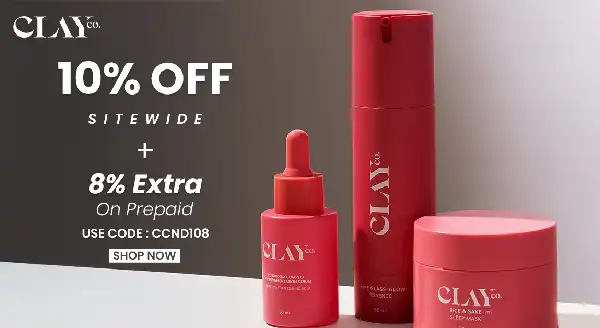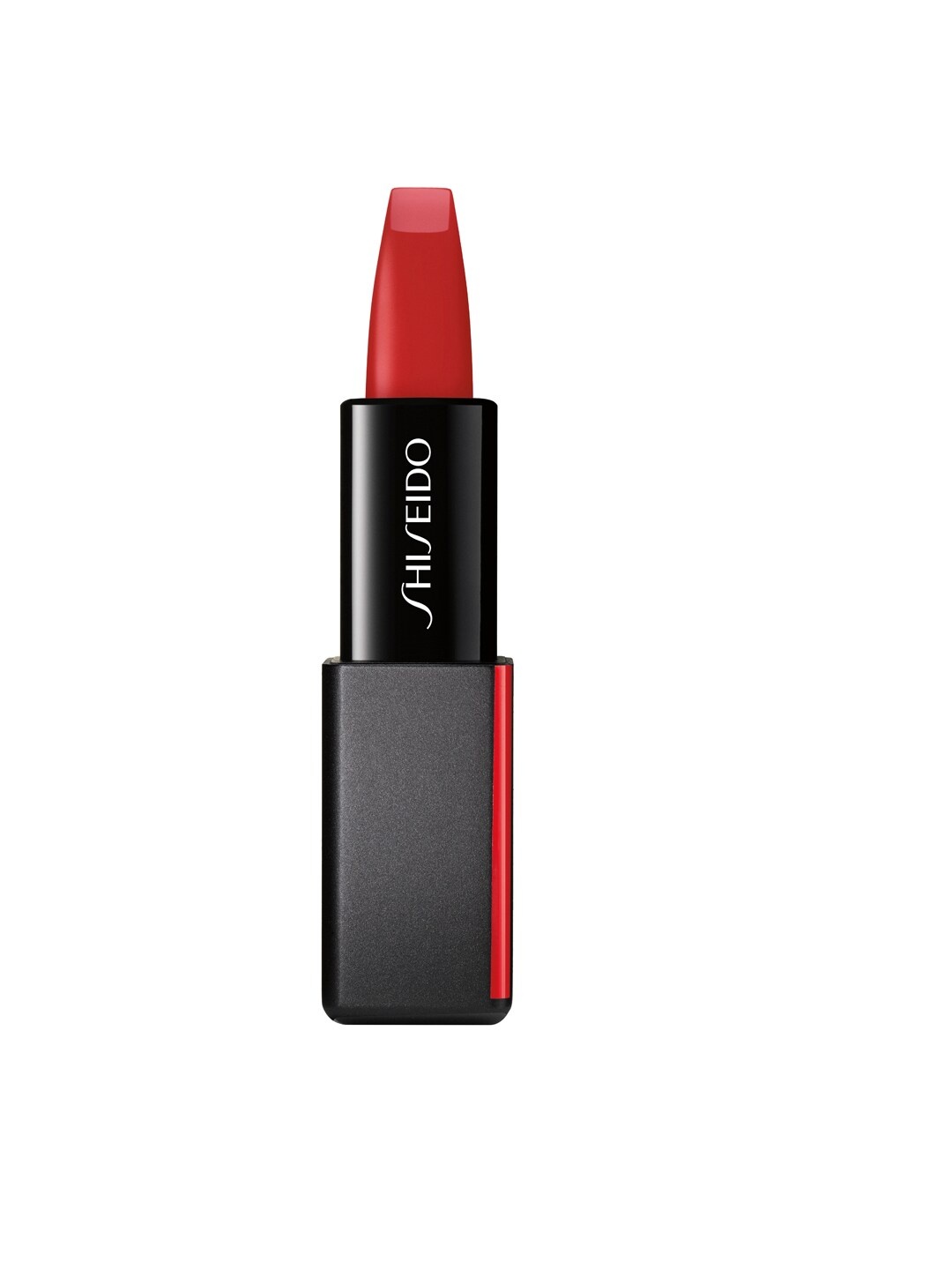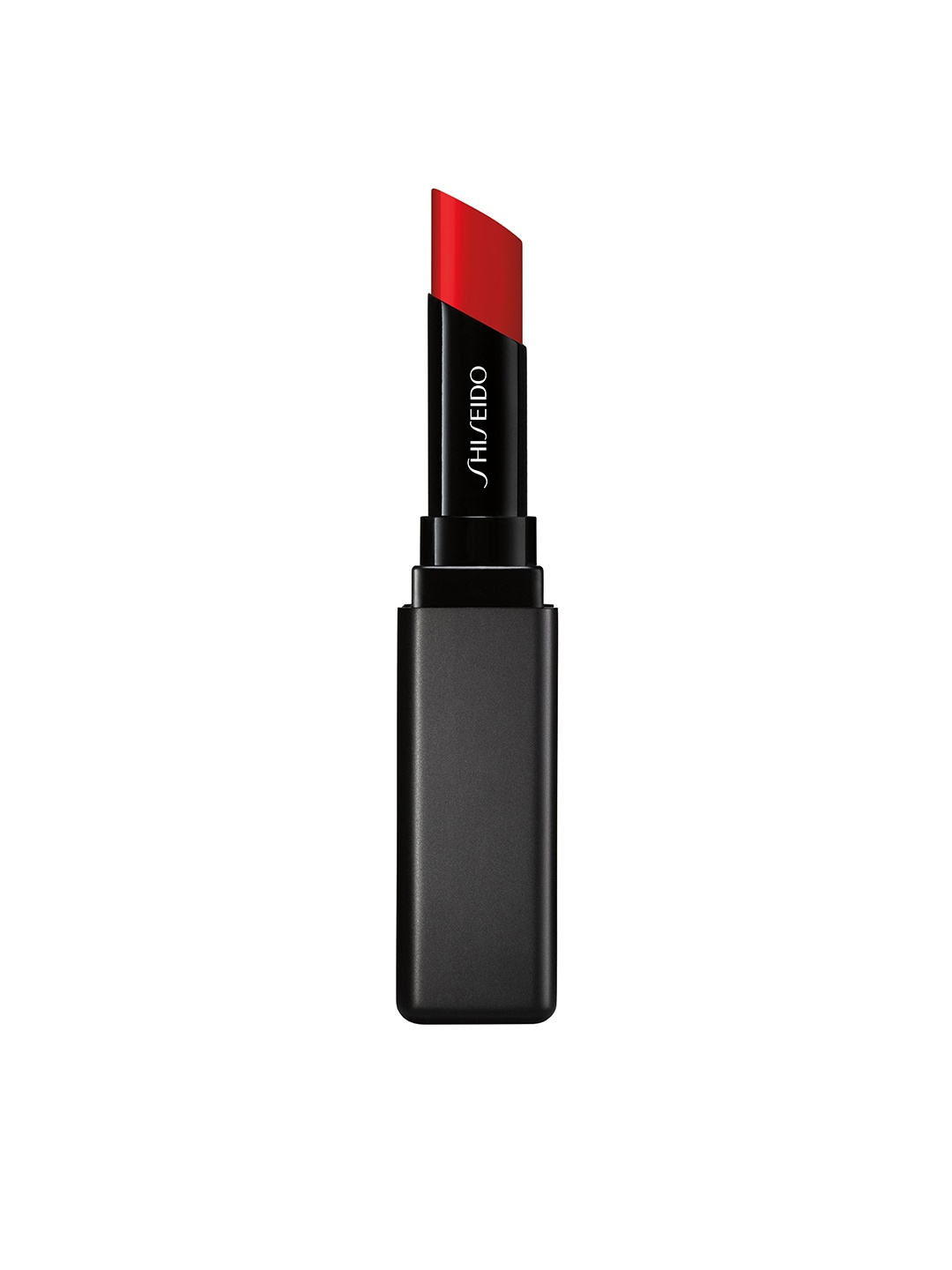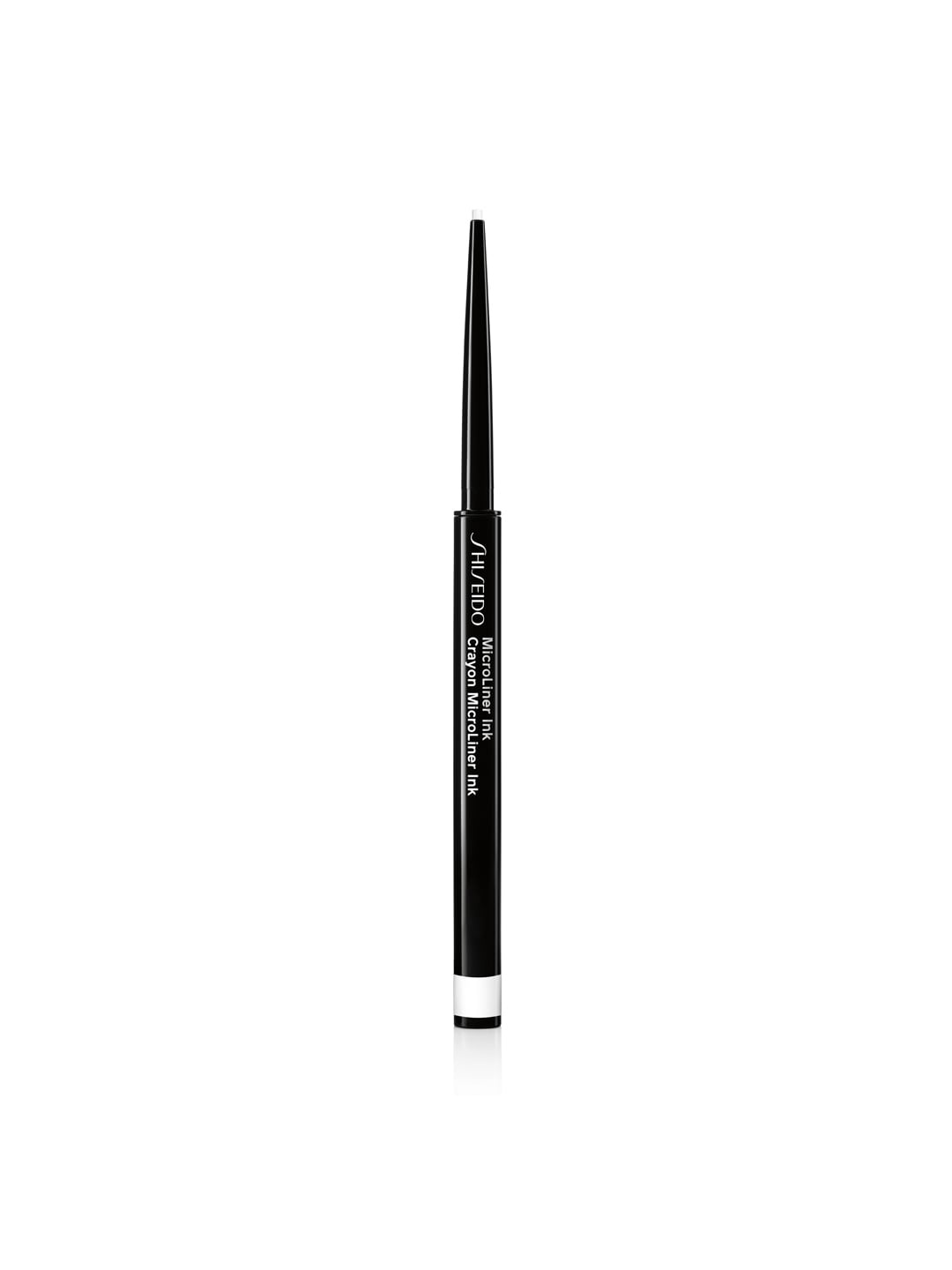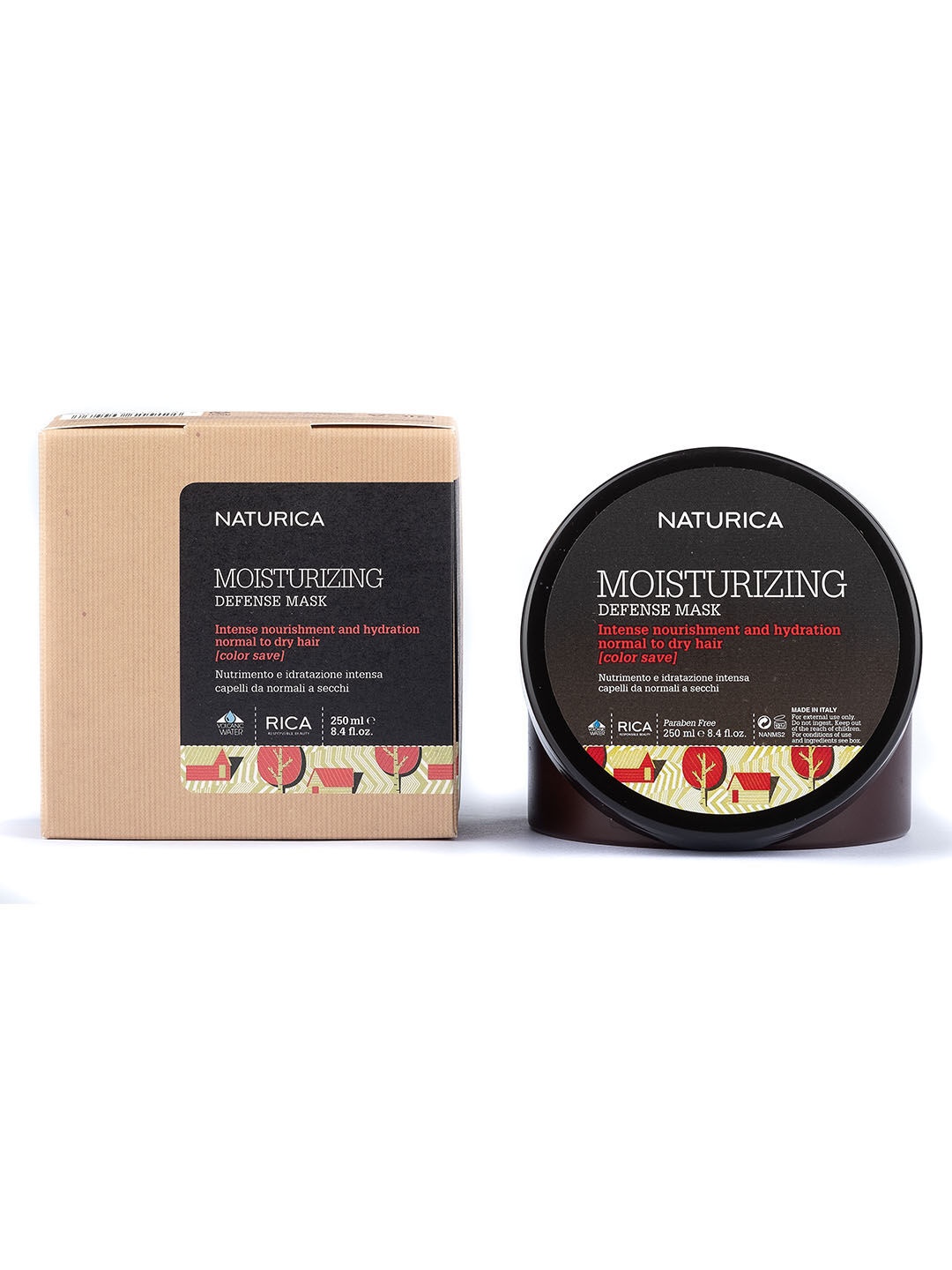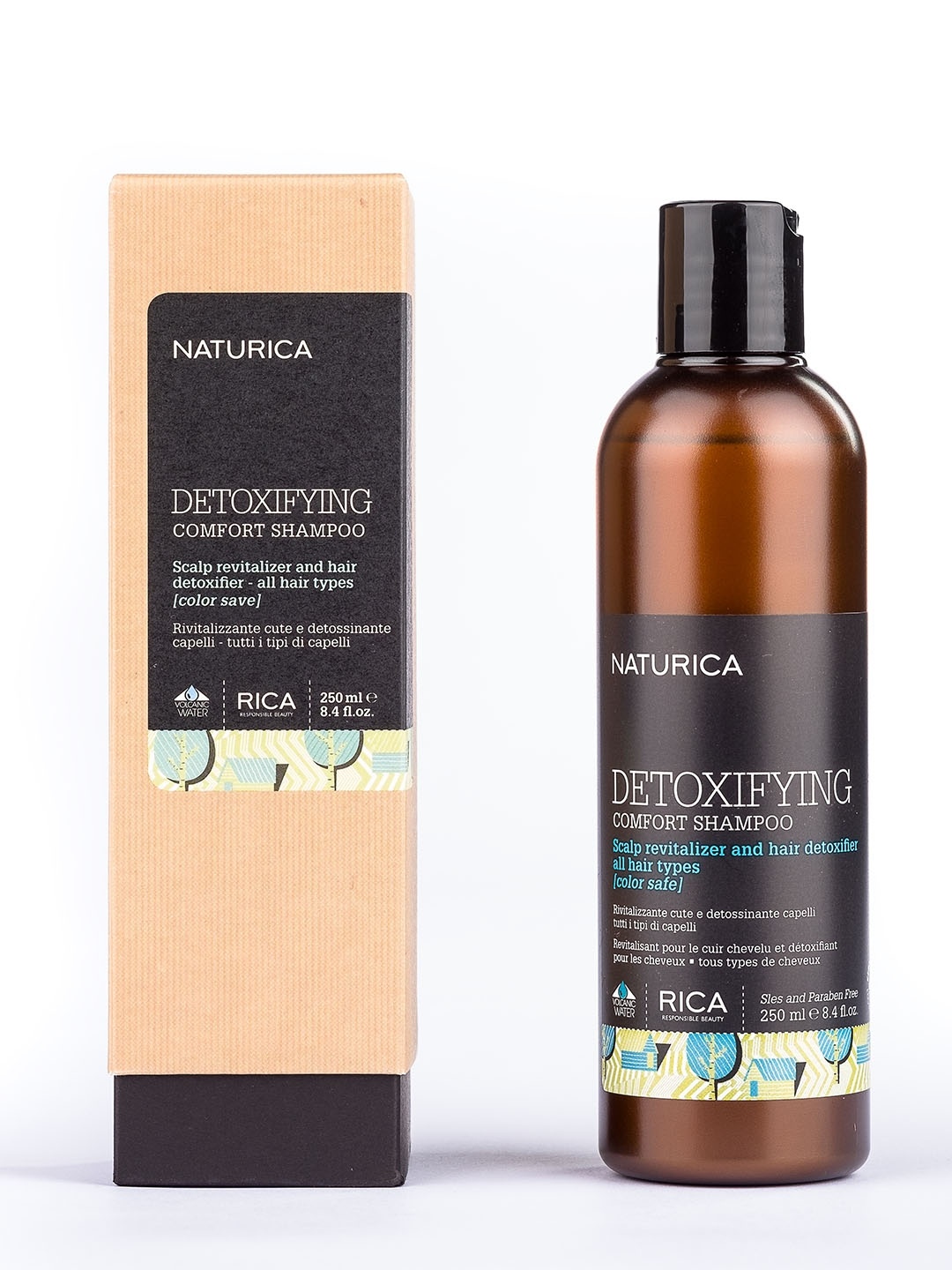10 Shampooing Mistakes To Avoid: Why Hair Feels Greasy After A Wash And How To Fix It
Washing hair and still feeling the oily slickness hours later? You are not alone. Discover the truth behind greasy strands and learn how to break the cycle with simple, practical changes.

Goodbye Greasy Hair! Learn 10 Shampooing Errors to Avoid for a Fresh Feel After Every Wash.
It's a scenario far too familiar. You hop into the shower, lather up with your favourite shampoo, and step out expecting your hair to feel light, fresh and bouncy. But within hours, or worse, minutes, the roots feel heavy, the strands cling together, and there's that annoying greasy sheen staring back at you in the mirror. It's frustrating, especially when you're juggling office commutes, college deadlines, or shaadi season prep, and your hair refuses to cooperate.
The good news? It's not just 'bad hair' or 'hormones.' The culprit is often hiding in plain sight, a common shampooing mistake most people make without realising. This article unpacks ten critical reasons your hair still feels greasy after a wash, and what you can do to fix it.

You can learn how to fix your greasy hair with these 10 reasons and get the best shampoo for the job; Photo Credit: Pexels
1. Over-washing: When Clean Becomes Too Clean
Washing hair every day may feel like the path to freshness, especially in the summer heat. But here's the twist: frequent washing can strip the scalp of its natural oils. Sensing the loss, your scalp kicks into overdrive, producing more oil to 'protect' itself. The result? An oily scalp, even after you just shampooed.
Imagine this, you scrub and scrub thinking you're being hygienic, but your scalp sees it as an attack. The natural balance is upset, and the oil factory goes into panic mode. For most people, washing hair two to three times a week is plenty. On sweaty days, a rinse with plain water or using a scalp refresher spray can help without tipping the oil balance.
2. The Wrong Shampoo: Not All Suds Are Equal
Walk down any supermarket aisle and the options can be dizzying, anti-dandruff, keratin-rich, colour-protect, herbal, '10-in-1' miracle bottles. But here's the truth: choosing a shampoo without knowing your hair type is like picking random shoes for a marathon.
For oily hair, a clarifying or volumising shampoo usually works better than moisturising or smoothing formulas, which are designed for dry hair. Using the wrong one can coat the scalp with residues, leaving it heavier and looking greasier. It's like trying to mop a wet floor with a soaked towel, it doesn't do much.
If you've recently switched shampoos and your hair feels waxy or oily even after washing, your product might be the problem, not your scalp.
Also Read: Daily Hair Wash? Explore These Gentle Yet Effective Shampoos On Flipkart
3. Conditioner Confusion: The Ends, Not the Roots
Raise your hand if you've ever applied conditioner starting from the roots. It's a common habit, and a sneaky mistake. Conditioners are designed to moisturise and detangle the ends of hair, which are older and more prone to dryness. But the scalp? It's already moisturised by natural oils.
Applying conditioner to the scalp can clog hair follicles and weigh down your roots. This leads to that all-too-familiar flat, greasy look. Instead, use a small coin-sized amount of conditioner and apply it mid-length downwards. Comb it through with your fingers or a wide-tooth comb, and rinse thoroughly. That's all your hair needs.
4. Not Rinsing Thoroughly: A Hidden Residue Trap
Shampoo commercials love to show happy people under waterfalls, but in real life, rinsing takes more effort than a quick splash. Leftover shampoo and conditioner residues can build up on your scalp and strands, trapping dirt and making your hair feel greasy soon after drying.
Hard water, especially common in many Indian cities, makes rinsing even trickier. The minerals in hard water can react with hair products and leave behind a dull, oily film. The fix? Spend an extra minute under the water, massaging the scalp gently with your fingertips, not nails, to ensure every last bubble is washed away.
You can also try a final rinse with filtered or boiled (cooled) water once a week to see the difference.

10 Shampooing Blunders to Stop Now for Fresh, Non-Oily Hair; Photo Credit: Pexels
5. Overusing Hair Oils: Nourishing, Yes, But in Moderation
Hair oils are cultural gold, from nariyal to amla, oiling has been a cherished ritual. But in today's world of leave-in oils, serums, and pre-shampoo treatments, the line between 'nourished' and 'greasy' is easy to cross.
Leaving oil overnight every time or using thick oils on already oily scalps can cause buildup that not even two rounds of shampoo can fully wash out. The trick is moderation. Warm a small amount, massage it into the scalp once or twice a week, and always follow up with a thorough wash.
And if you're stepping out immediately after a wash? Avoid using heavy oils or butters. A pea-sized drop of light serum (like argan or grapeseed) on the ends is more than enough.
6. Dirty Hair Tools: The Silent Saboteurs
You wouldn't use a dirty towel to dry your face, right? But hair brushes and combs often get ignored. They collect dust, dead skin, product residues, and oil, all of which transfer right back to your freshly washed hair.
The result? Instant greasiness that feels like you never even shampooed. Make it a habit to clean your brushes and combs every week. A bowl of warm water, a bit of gentle shampoo, and an old toothbrush can do wonders. Clean tools = clean hair.

Why Hair Feels Greasy: Uncover 10 Common Shampooing Mistakes and Get Truly Clean Strands; Photo Credit: Pexels
7. Touching Hair Constantly: Hands Off
It's almost instinctual, twirling a lock when you're thinking, adjusting the parting during a selfie, or running your fingers through your hair just because. But here's the catch: your hands carry natural oils, dirt, and residues from everything you've touched. All of that transfers to your hair.
It's like applying a light layer of ghee every time you touch your scalp. The more you touch, the more oil builds up. Being mindful of this habit can make a surprising difference. Keep your hands busy with a stress ball or pen instead. And when in doubt, tie your hair back to resist the urge.
8. Heat Styling Without Protection: A Recipe for Residue
Using straighteners, curling rods, or blow dryers without a heat protectant can not only damage your hair but also change how it reacts to your shampoo. Heat opens up the hair cuticles, making it easier for oils and dirt to get trapped.
Over time, this results in strands that feel greasy even when technically clean. Plus, if you're layering on heat-protect sprays without washing them out properly, they can form a sticky coating.
Always use a light, silicone-free heat protectant and keep heat styling to a minimum. Let your hair air-dry whenever possible, your strands and scalp will thank you.
9. Hormonal Fluctuations and Stress: The Inner Oil Factor
Greasy hair isn't always about what's on your head, sometimes, it's what's going on inside. Hormonal changes during menstruation, pregnancy, or stress can increase oil production. Cortisol (the stress hormone) plays a role in overactive sebaceous glands, leaving your scalp oily even if your routine is solid.
Add to that irregular sleep and junk food cravings, and your scalp joins the chaos party. While these factors aren't always in your control, staying hydrated, eating more fruits and leafy greens, and practising stress management (like yoga or a brisk evening walk) can bring some balance back.
10. Skipping Scalp Care: Healthy Hair Starts at the Roots
The scalp often gets sidelined in hair care routines. While there's plenty of attention on hair masks and serums, scalp health is where it all begins. Dirt, pollution, and sweat build up on the scalp, leading to clogged pores and, you guessed it, more oil.
Think of your scalp as the soil in a garden. If the soil's not right, nothing grows well. Including a mild scalp scrub once every two weeks or using herbal rinses like neem or green tea can gently detoxify the scalp. Even massaging your scalp with fingertips for a few minutes during shampooing can improve blood circulation and oil control.
Products Related To This Article
1. BBLUNT Hair Fall Control Shampoo with Pea Protein & Caffeine
2. WishCare Multi Peptide Rice Water Anti Hairfall Shampoo
3. Bare Anatomy Anti Hair Fall Shampoo with Peptides | Sulphate & Paraben Free
4. PLIX THE PLANT FIX Rosemary Anti HairFall Advanced Shampoo with Plant Keratin
5. L'Oreal Professionnel Absolut Repair Shampoo for Dry Hair with Protein & Omega-9
6. Pilgrim Korean Rice Water & Collagen Advanced Damage Repair Shampoo
7. L'Oreal Paris Hyaluron Pure 72H Purifying Shampoo for Oily Scalp
A good hair day can feel like a tiny victory, one that uplifts your mood, confidence, and energy. But when your locks turn limp and greasy right after a wash, it can be downright disheartening. Thankfully, with a few mindful tweaks, choosing the right products, rinsing better, cleaning tools, and respecting the scalp, the tide can turn.
Remember, your hair isn't being stubborn. It's just responding to how it's treated. Small changes, when done consistently, bring the biggest transformations. So the next time your hair feels greasy too soon, don't blame the weather or your fate. It might just be time to fix that one shampoo mistake you didn't know you were making. Check Today's Deals On Myntra.
Disclaimer: The images used in this article are for illustration purposes only. They may not be an exact representation of the products, categories, and brands listed in this article.







